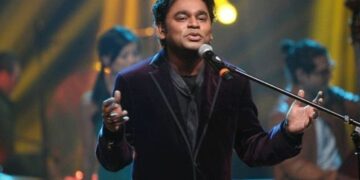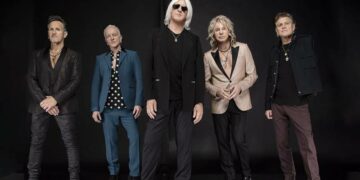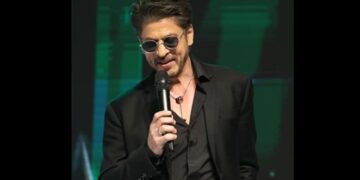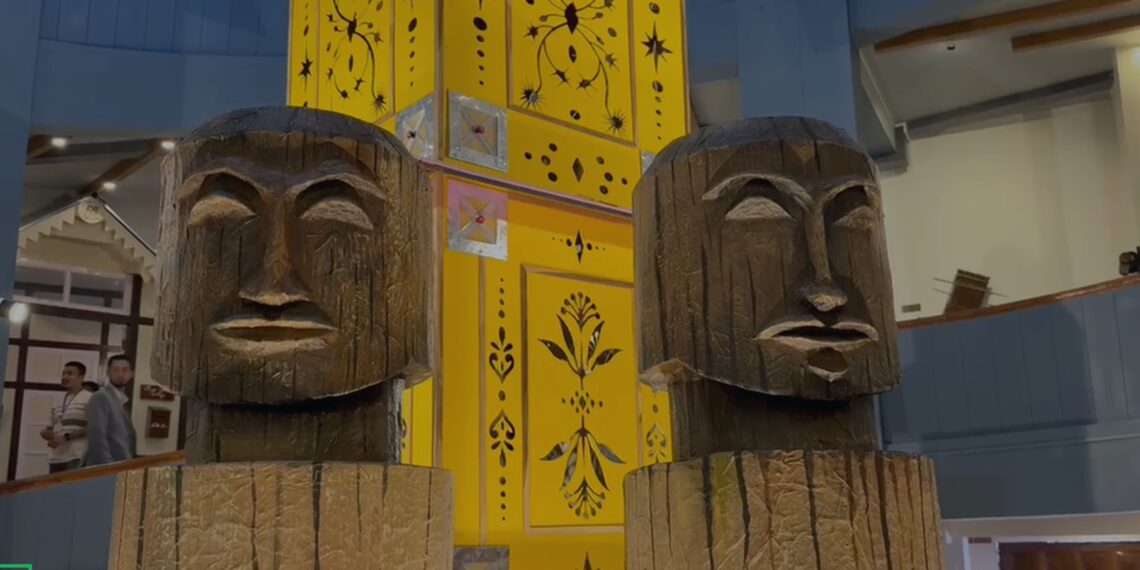Shillong: Meghalaya Chief Minister Conrad K. Sangma inaugurated the revamped Williamson Sangma Meghalaya State Museum on Wednesday at the U Soso Tham Auditorium in Shillong.
The redesigned museum offers an immersive and modern experience, integrating state-of-the-art technology such as QR-based exhibits and interactive digital displays to highlight the state’s rich cultural heritage.
The event was attended by Minister for Arts and Culture Paul Lyngdoh and Power Minister Abu Taher Mondal.
The chief minister emphasised the museum’s role in celebrating and preserving the cultural identity of Meghalaya while fostering a sustainable creative economy.
He highlighted plans to mandate school visits to the museum to instill cultural awareness among young people.
Sangma also announced the expansion of similar museums to other parts of the state, starting with Tura, to make the state’s cultural history more accessible.
The chief minister shared research supported by the Chief Minister’s Research Grant, which has uncovered significant cultural and historical elements such as traditional Garo games and archaeological sites, including ancient stone monoliths potentially dating back to 1200 BC.
During his speech, Sangma praised the efforts to document and promote local heritage through initiatives like the government-run OTT platform “Hello Meghalaya,” which showcases the state’s culture, music, and history through films and documentaries.
He also mentioned plans to promote the relic of St. Don Bosco in Sohra as an important heritage site for tourism.
The ceremony featured the release of a commemorative stamp honouring Captain Williamson Sangma, received by his youngest daughter, Rebecca Momin.
ALSO READ: Assam down town University to spotlight workforce resilience in 5th National Conference
The event coincided with the observance of Samvidhan Hatya Diwas, marking 50 years since the imposition of the Emergency in India.
Reflecting on the importance of safeguarding constitutional freedoms, Sangma called for vigilance in upholding justice, liberty, equality, and democracy.
Expressing pride in the transformation of the museum since his first visit in 2018, Sangma said, “This museum is not just a building—it is a living testament to our identity, our creativity, and our future.”















